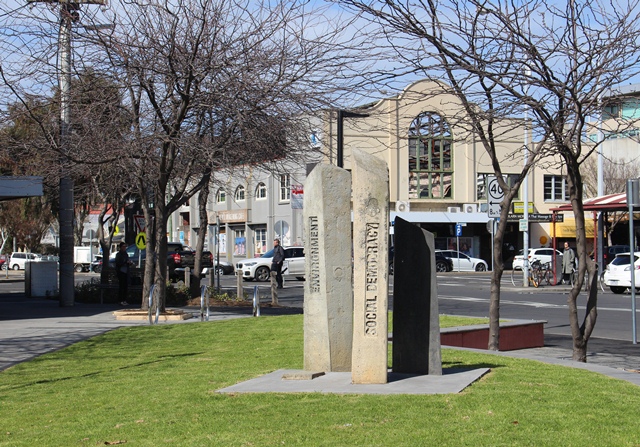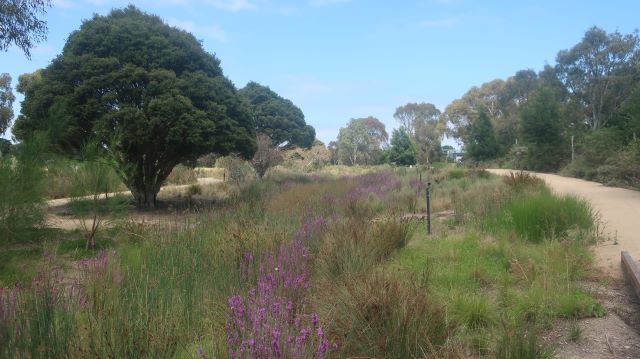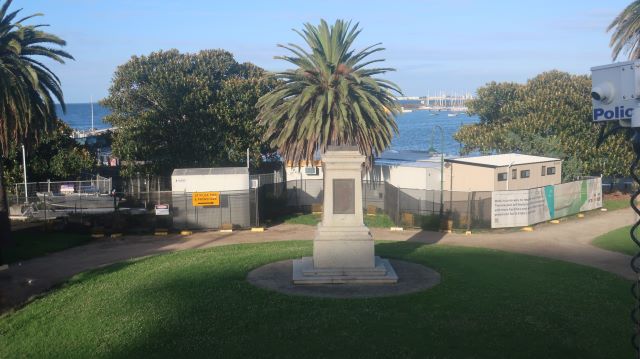Uplift
A Better Future for Melbourne – a summary and some thoughts
Looking at Port Places from a historical point of view, I enjoyed that Brendan Nottle’s (Salvation Army) vision was based on a story about the foundation of Melbourne, even though I could not share the moral he drew from it.
Nottle invoked Henry Reed, a Methodist who was part of John Pascoe Fawkner’s party, who aimed for the ‘uplift’ of the new settlement. Not sure about that historically – read Boyce’s 1835 – but his point was that any vision for a better Melbourne must be grounded in the compassionate heart of Melbourne. Homeslessness must be tackled genuinely rather than with pious protestations.
Robert Doyle supports ‘smart growth’, and wants to avoid ‘dumb growth’. ‘Dumb growth’ includes what the Lord Mayor referred to as ‘the stain’ of ongoing urban sprawl. The principles underlying smart growth, reproduced below, were endorsed by capital city lord mayors recently
- building only on the land we need and making the best use of existing and future infrastructure investments;
- creating connected places that are easy to move to and through;
- supporting resilient and adaptable communities that offer healthy lifestyles choices for current and future residents;
- offering opportunities for involvement and collaboration between government, communities and the private sector
Whereas principles such as these and others like them find near universal support, it is delivering on them that is the harder task. Between the vision and the implementation is the gap.
Leveraging the use and sale of council and state assets for community benefit is one such mechanism that has been used successfully in Port Phillip to create community housing ‘out of thin air’ and by the City of Melbourne through the Boyd redevelopment.
Doyle said that there is over 605 ha of land available for redevelopment in Inner Melbourne including E-Gate, Fishermans Bend, and Docklands. He has no apprehension if this land is developed according to these ‘smart growth’ principles. Whereas he thought a good start had been made on the Fishermans Bend Draft Vision, McGauran was highly critical of the failure to capture any of the development uplift that came with the re-zoning. ‘The timing was completely the wrong way round’, McGauran said, ‘the horse has bolted way too early.’
McGuaran and the Lord Mayor both emphasised the role of ‘knowledge’ in job creation and a future vision for Melbourne. Monash University pumps out comparable economic activity to Chadstone. More jobs are created form knowledge industries than from the manufacture of cars.
McGauran said that in a city with a favourable topography that has a culture of cycling, the redevelopment of inner Melbourne should include highly connected high quality cycle ways to reduce the need for cars. Bicycles are the cheapest way of delivering mobility.
There were questions about community consultation and participation. This is vexed terrain. McGauran spoke about the value of having detailed conversations with people about their future from their deepest and most personal concerns –‘how will I manage those stairs now I’m getting older, where will my children find an affordable place nearby . . .’
A better future for Melbourne calls on our zeal, stern resolve and standing up – the language of the Salvation Army – if we are to shift the conversation beyond development as usual. And ground future planning in people and compassion.
On the No 1, met a friend who had been uplifted by hearing Sibelius.
This is just a partial account of the points that particularly interested me.
17 March 2014
More
See all the videos of the series of Future Melbourne Network conversations held between March and July 2014.




Leave a Reply